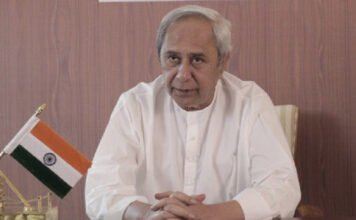
Chennai: Sep 7: The Rs 978 crore Chandrayaan-2 — India’s first moon landing mission — has accomplished 90-95 per cent of the mission objectives even though the lander Vikram cannot be reached and its status is not known, said Indian Space Research Organisation (ISRO).
In a statement, ISRO said: “The success criteria was defined for each and every phase of the mission and to date 90 to 95 per cent of the mission objectives have been accomplished and will continue to contribute to lunar science, notwithstanding the loss of communication with the Lander.”
According to ISRO, the Vikram Lander followed the planned descent trajectory from its orbit of 35 km to just below 2 km above the surface.
“All the systems and sensors of the Lander functioned excellently until this point and proved many new technologies such as variable thrust propulsion technology used in the Lander,” ISRO said.
The Indian space agency said the precise launch and mission management has ensured a long life of almost seven years for the Chandrayaan-2 Orbiter instead of the planned one year.
According to ISRO Chairman K.Sivan, the Orbiter has sufficient amount of fuel on-board for it to operate for seven years.
The ISRO said Chandrayaan-2 mission was a highly complex mission, which represented a significant technological leap compared to its previous missions.
The Chandrayaan-2 mission brought together an Orbiter, Lander and Rover to explore the unexplored south pole of the Moon.
Since the launch of Chandrayaan-2 on July 22, 2019, not only India but the whole world watched its progress from one phase to the next with great expectations and excitement.
“This was a unique mission which aimed at studying not just one area of the Moon but all the areas combining the exosphere, the surface as well as the sub-surface of the moon in a single mission,” ISRO said.
“The Orbiter has already been placed in its intended orbit around the Moon and shall enrich our understanding of the Moon’s evolution and mapping of the minerals and water molecules in the polar regions, using its eight state-of-the-art scientific instruments,” the statement added.
The Orbiter camera is the highest resolution camera (0.3m) in any lunar mission so far and shall provide high resolution images which will be immensely useful to the global scientific community, ISRO added.
However, the statement is silent on the reason for the deviation in the Vikram’s plotted descent chart which may not have to do with snapping of the communication link.
Only a photograph of the Vikram on the moon will tell whether it crash-landed.(ians)


























